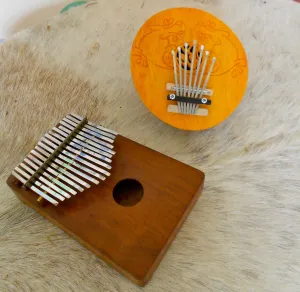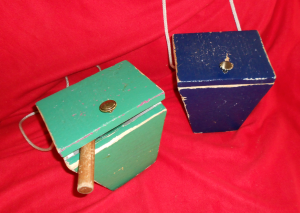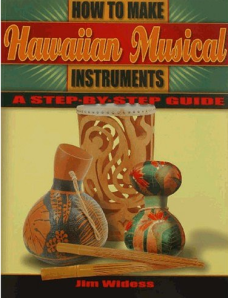 If you’ve ever seen authentic traditional music or dance from Hawaii, you’ve probably been struck by its beauty, grace and uniqueness. Although some of the instruments and traditions share roots in Polynesian culture, the islands of Hawaii have developed musical traditions and instruments that are deeply distinctive and singularly beautiful. And so many of the instruments are truly unusual – such as a knee-pad drum covered with the skin of a unicorn fish, gourd nose flutes, coconut bullroarers and even pairs of smooth river rocks used in a manner similar to castanets.
If you’ve ever seen authentic traditional music or dance from Hawaii, you’ve probably been struck by its beauty, grace and uniqueness. Although some of the instruments and traditions share roots in Polynesian culture, the islands of Hawaii have developed musical traditions and instruments that are deeply distinctive and singularly beautiful. And so many of the instruments are truly unusual – such as a knee-pad drum covered with the skin of a unicorn fish, gourd nose flutes, coconut bullroarers and even pairs of smooth river rocks used in a manner similar to castanets.
For a wonderful exploration of the percussion 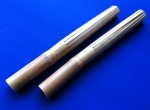 instruments used in Hawaiian music, check out the book: How To Make Hawaiian Musical Instruments, by Jim Widess. The book has detailed explanations of each instrument, historical background and many photos of the instruments being used by traditional players. Although the book is set up as a series of tutorials, the information is so good and so beautifully photographed that it serves as an exceptional introduction into the world of Hawaiian music.
instruments used in Hawaiian music, check out the book: How To Make Hawaiian Musical Instruments, by Jim Widess. The book has detailed explanations of each instrument, historical background and many photos of the instruments being used by traditional players. Although the book is set up as a series of tutorials, the information is so good and so beautifully photographed that it serves as an exceptional introduction into the world of Hawaiian music.
What are the instruments detailed in the book? Take a look at the names plus brief descriptions below and hopefully it will make you curious enough to delve deeper into traditional Hawaiian Culture.
Ipu heke ‘ole and Ipu heke – (single and double) gourd percussion
‘Uli’uli – small gourd rattle
Pu’ili Split – bamboo rods split at one end and struck together
‘Ohe ka’eke’eke – stamping tubes made from bamboo
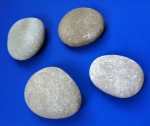 Ili’ile – river rocks used by dancers as percussion
Ili’ile – river rocks used by dancers as percussion
Kala’au – hula sticks
Papa Hehi – footboard or treadle board (stepped upon to play)
Bell Stone – large stone which resonates like a bell when struck
Puniu – coconut knee drum
Ka – beater for coconut drum made from ti leaves
Pahu hula – large standing drum from a coconut palm
‘Ukeke – musical bow
Oeoe – bullroarer made from a coconut
‘Ohe hano ihu – bamboo nose flute
Ipu hokiokio – gourd nose flute
Pu kani – conch shell trumpet
Links And Resources
Make Your Own Hawaiian Instruments Book – New Or Used on On Amazon
How To Make Hawaiian Musical Instruments Widess
Playing River Rocks As An Instrument – Hawaiian `ili`ile (Post in Making Multicultural Music)
 Play Some Pu’ili (Post in Tiny Tapping Toes)
Play Some Pu’ili (Post in Tiny Tapping Toes)
http://www.tinytappingtoes.com/classroom-music/make-your-own-puili-hawaiian-rhythm-sticks/
E-books, CD’s and more Musical Fun from DARIA’s TeachersPayTeachers Store
http://www.teacherspayteachers.com/Store/Daria-Marmaluk-Hajioannou

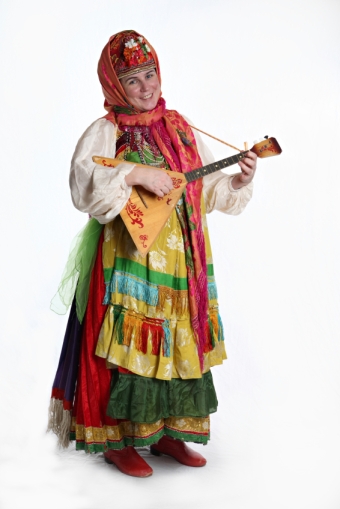







 Have you ever seen a movie or t.v. program about Australia? If you have, you’ve probably already heard a didgeridoo, a unique instrument originally created when termites hollowed out long sticks or branches they found in the outback. The didgeridoo produces a wonderfully odd noise that sounds like a cross between a ship’s foghorn and an elephant lost in the jungle. If you have a long tube from giftwrap or a length of pvc piping, you can create a good working version of a didgeridoo to experiment with at home.
Have you ever seen a movie or t.v. program about Australia? If you have, you’ve probably already heard a didgeridoo, a unique instrument originally created when termites hollowed out long sticks or branches they found in the outback. The didgeridoo produces a wonderfully odd noise that sounds like a cross between a ship’s foghorn and an elephant lost in the jungle. If you have a long tube from giftwrap or a length of pvc piping, you can create a good working version of a didgeridoo to experiment with at home.
 And, to everyone’s surprise, the stick made the most wonderful, unique, incredible noise. It was the sound of the first didgeridoo! And that is the story of how one ancestor’s respect for all living creatures led to this wonderful musical instrument discovery.
And, to everyone’s surprise, the stick made the most wonderful, unique, incredible noise. It was the sound of the first didgeridoo! And that is the story of how one ancestor’s respect for all living creatures led to this wonderful musical instrument discovery. ALL ABOUT THE BILMA – SPECIAL RHYTHM STICKS FROM AUSTRALIA
ALL ABOUT THE BILMA – SPECIAL RHYTHM STICKS FROM AUSTRALIA  Do you like to explore different kinds of percussion instruments as well as world cultures?
Do you like to explore different kinds of percussion instruments as well as world cultures? How Do You Play The Castanets?
How Do You Play The Castanets?
